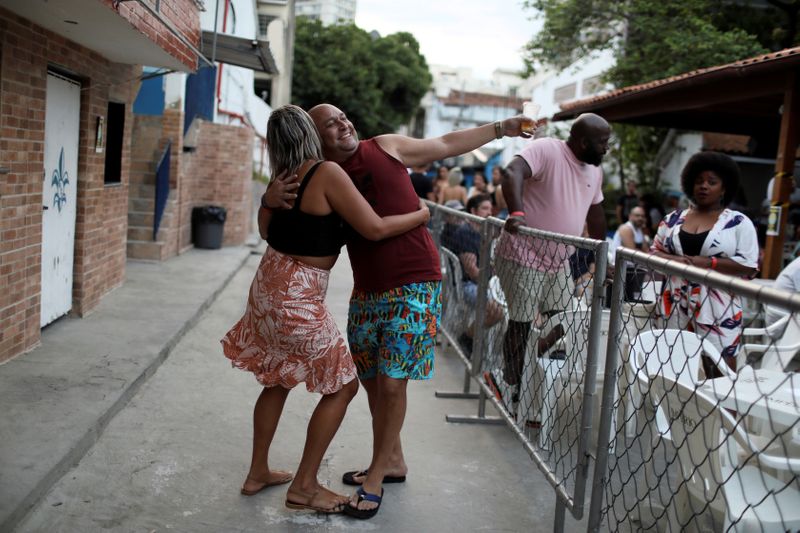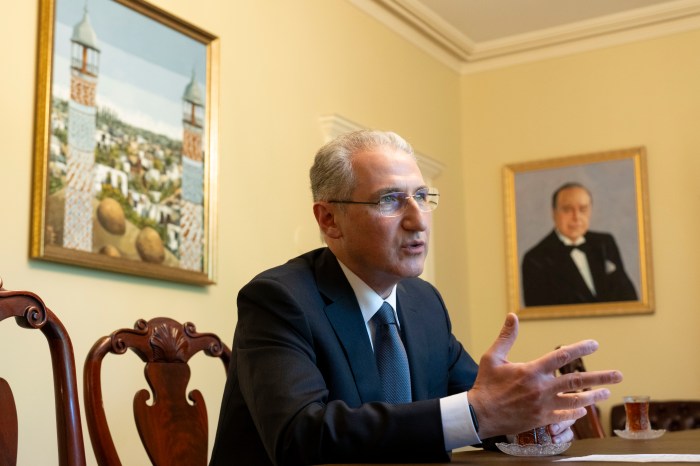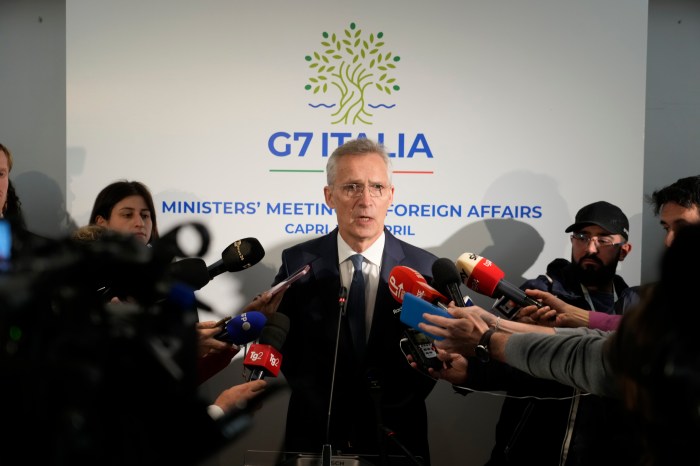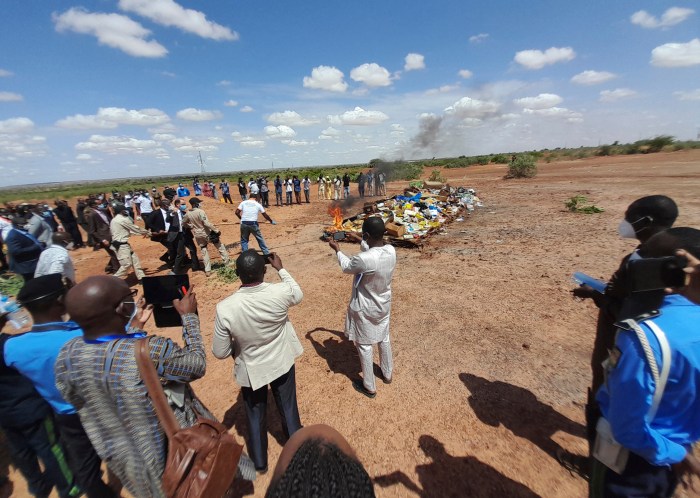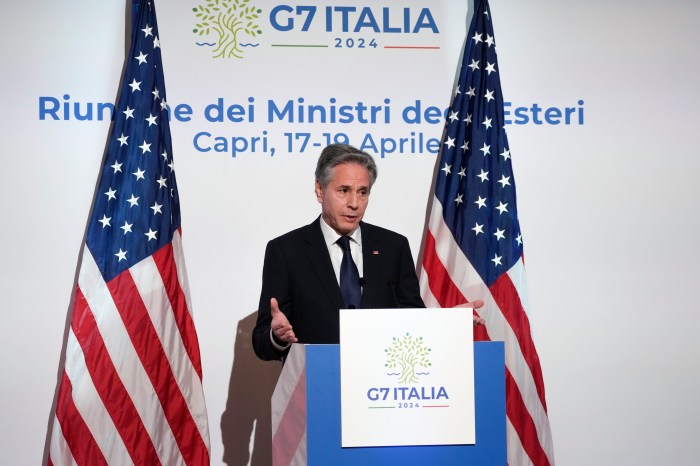RIO DE JANEIRO (Reuters) – A long first wave of COVID-19 in Brazil that killed over 150,000 people is subsiding, with public health experts attributing the drop at least in part to a large number of uncounted people who caught the virus and developed temporary immunity.
Continued social distancing among those able to work from home, mask wearing, and the warming weather as Brazil heads into the summer months, are also contributing to the fall in new infections, the experts said.
But they warn that Latin America’s largest country, which has suffered the second-deadliest outbreak in the world behind the United States, cannot afford to let its guard down.
A second wave, such as the one hitting Europe now, remains a possibility, they said. The latest research suggests that post-infection immunity is likely to last at least three months, after which it can wane. Changes in behavior – like people flooding to bars due to a sense the worst is over – can quickly lead to a surge in new infections.
Unlike Europe, which managed to contain a first phase of the outbreak relatively quickly by imposing strict lockdowns, Brazil saw its epidemic spiral, with daily deaths plateauing at a high level for months.
Brazilian President Jair Bolsonaro has been widely criticized by public health experts for downplaying the gravity of the coronavirus, which he dismissed as a “little flu.”
Throughout June, July and August, Brazil recorded about 40,000 new cases and 1,000 deaths daily. Only in September did this trend begin to decline. Last week, deaths averaged 426 per day.
With about 5.5 million confirmed coronavirus cases out of a population of 210 million people, Brazil is a long way from reaching herd immunity – which scientists estimate may require an infection rate of around 70%, or a similar level of protection after a vaccine is introduced.
But epidemiologists told Reuters that a combination of a large number of unreported cases and people remaining at home and keeping personal contact to a minimum, may mean immunity and those practices were having an impact in slowing the outbreak.
“We had a much bigger first wave than we really realize,” said Wanderson Oliveira, a highly respected former Ministry of Health official who led Brazil’s response in the initial stages of the pandemic before resigning in May.
“Some studies say you may have 10 to 12 times the number of confirmed cases and 1.5 times the official death toll,” Oliveira said. Some places, such as poor neighborhoods of Sao Paulo that were severely hit, could have reached herd immunity, Oliveira added.
Alexandre Naime Barbosa, head of epidemiology at Sao Paulo State University, agreed some level of immunity was part of the reason why infection rates have slowed in Brazil, as well as social distancing measures.
“The numbers are coming down in part because of the adoption of preventative measures, partly because of a certain degree of immunity, at least temporarily, and in part because certain groups managed to maintain social isolation,” Barbosa said, referring to wealthier classes able to remain at home.
Researchers from the University of Sao Paulo suggested in a not yet peer-reviewed paper released last month that a drastic fall in COVID-19 deaths in Brazil’s Amazon city of Manaus pointed to collective immunity at work.
They also noted that antibodies to the disease after infection may not last more than a few months.
Cases in Manaus have recently begun to rise again, experts say, likely due to a combination of falling levels of antibody protection and changes in local behavior due to the previous drop in infections.
For Gonzalo Vecina Neto, a former head of health regulator Anvisa, the behavior of individuals is a key variable for whether there might be a second wave in Brazil.
“How long will immunity last? And how long until the population tires of preventative measures? All of this is part of the next chapter.”
(Reporting by Pedro Fonseca, additional reporting by Eduardo Simoes in Sao Paulo and Lisandra Paraguassu in Brasilia, writing by Stephen Eisenhammer, Editing by Bill Berkrot and Rosalba O’Brien)

